Share
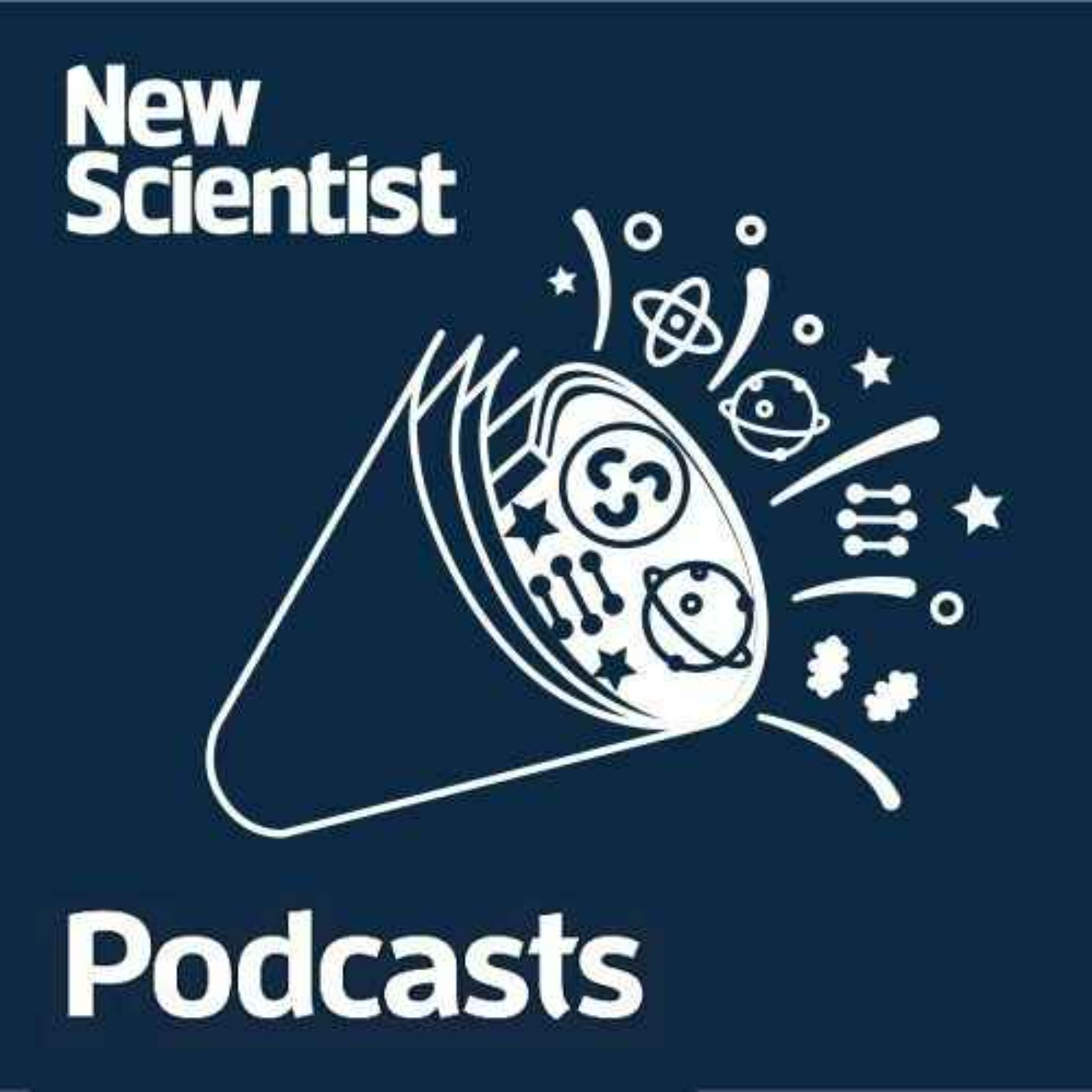
New Scientist Podcasts
Weekly: How to measure consciousness; Nature-made graphene; New sabretooth cats
New Scientist Weekly #206
A major theory of consciousness is being put to the test with brain scans. Integrated information theory proposes a value called "phi" to represent consciousness and in a new experiment, it seems to work. Does the discovery bring us any closer to solving the elusive “hard problem” of neuroscience?
Graphene has been hailed as a super material since its synthesis in 2004. But, unbeknownst to us, nature has long-been producing graphene, right under our noses. Understanding natural graphene production could revolutionise the way we create this remarkable material.
A roarsome discovery of two previously unknown sabre-toothed cat species in South Africa provides insights into their cheetah-like and leopard-like lifestyles. The finding challenges our long-held beliefs about these ancient felines.
Could chargrilled mushrooms be the key to fireproofing our homes? A team in Melbourne, Australia, unveiled a fire-resistant material created from the mycelium of edible mushrooms this week. With remarkable flame resistance and environmentally-friendly properties, the approach looks promising.
Finally, some intriguing space discoveries, including the Janus star, with its unique hydrogen-helium split surface, a giant exoplanet called PDS 70b, which reveals a potential sibling forming in its orbit, marking the first time two planets have been found to share an orbit, and the LEGO robot creating DNA machines.
Hosts Timothy Revell and Christie Taylor discuss all of this with guests Clare Wilkins, Corryn Wetzel and Alex Wilkins. To read about these subjects and much more, you can subscribe to New Scientist magazine at newscientist.com.
Events and links:
To listen to the first episode of our new podcast, The Dead Planets Society, click the link here.
To find out more about our 2024 Polar Tours, visit https://www.newscientist.com/tours/
More episodes
View all episodes
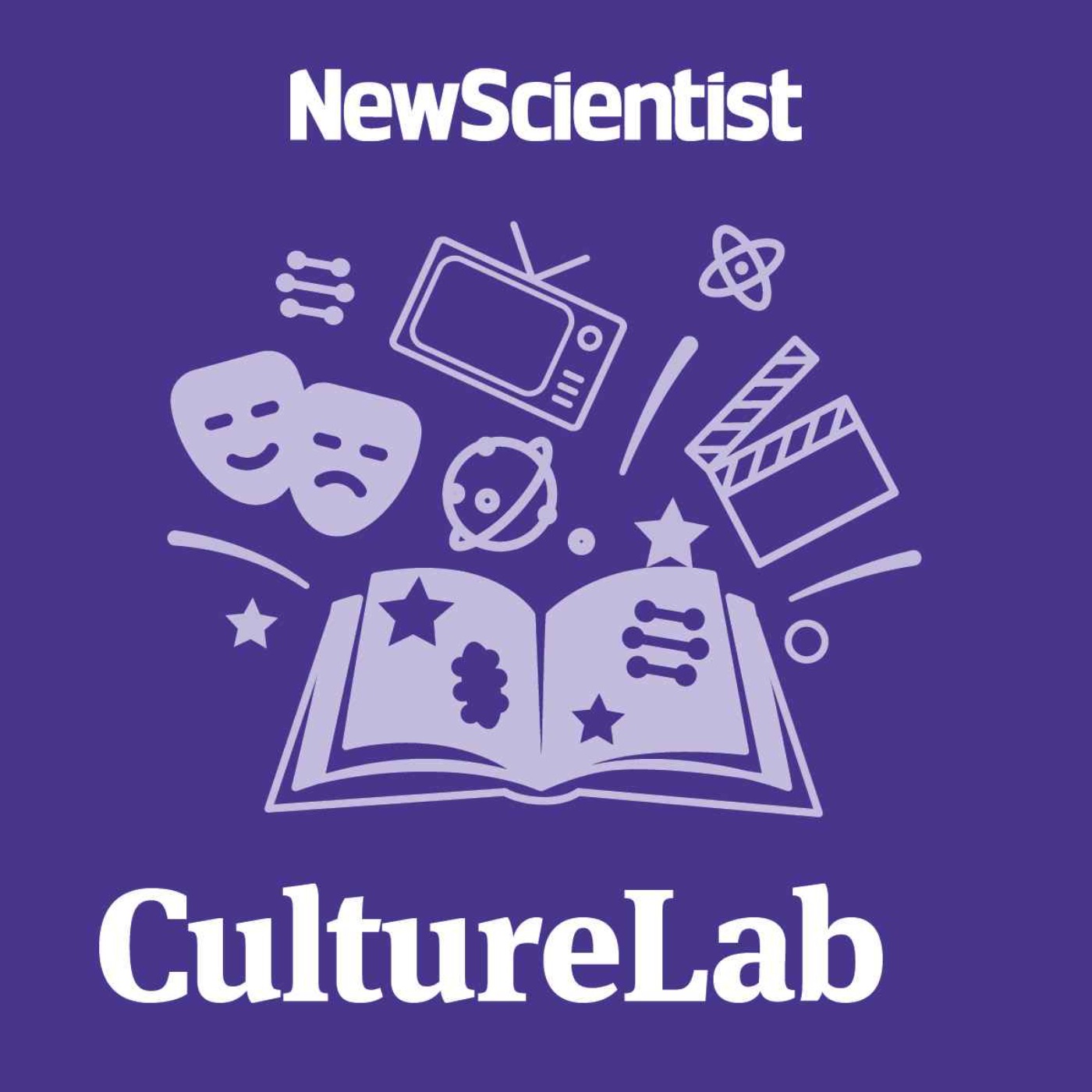
CultureLab: Sonifying Mars, symphonically, with David Ibbett
37:35Despite humans having never set foot on Mars, scientists have been working for decades to paint a picture of life on the red planet. With the help of photos and videos from robotic rovers, scientists now know more than ever about its rocky terrain, early history and current climate.Now, experts are painting a fuller picture of the dusty planet by using audio recordings captured by these rovers. Composer David Ibbett has used that data in epic fashion: to create an immersive concert that harnesses the sounds of Mars and transforms them into musical instruments and melodies. In this episode, Ibbett explains to host Bethan Ackerley how ‘Mars Symphony’ includes the real sounds of Mars’ winds, dust devils and seismic rumbles and takes the audience on an interplanetary journey through the past, present and future of the red planet. Still curious? Attend an upcoming performance or experience the music of Mars from your computer, at MarsSymphony.com.To read about subjects like this and much more, visit newscientist.com.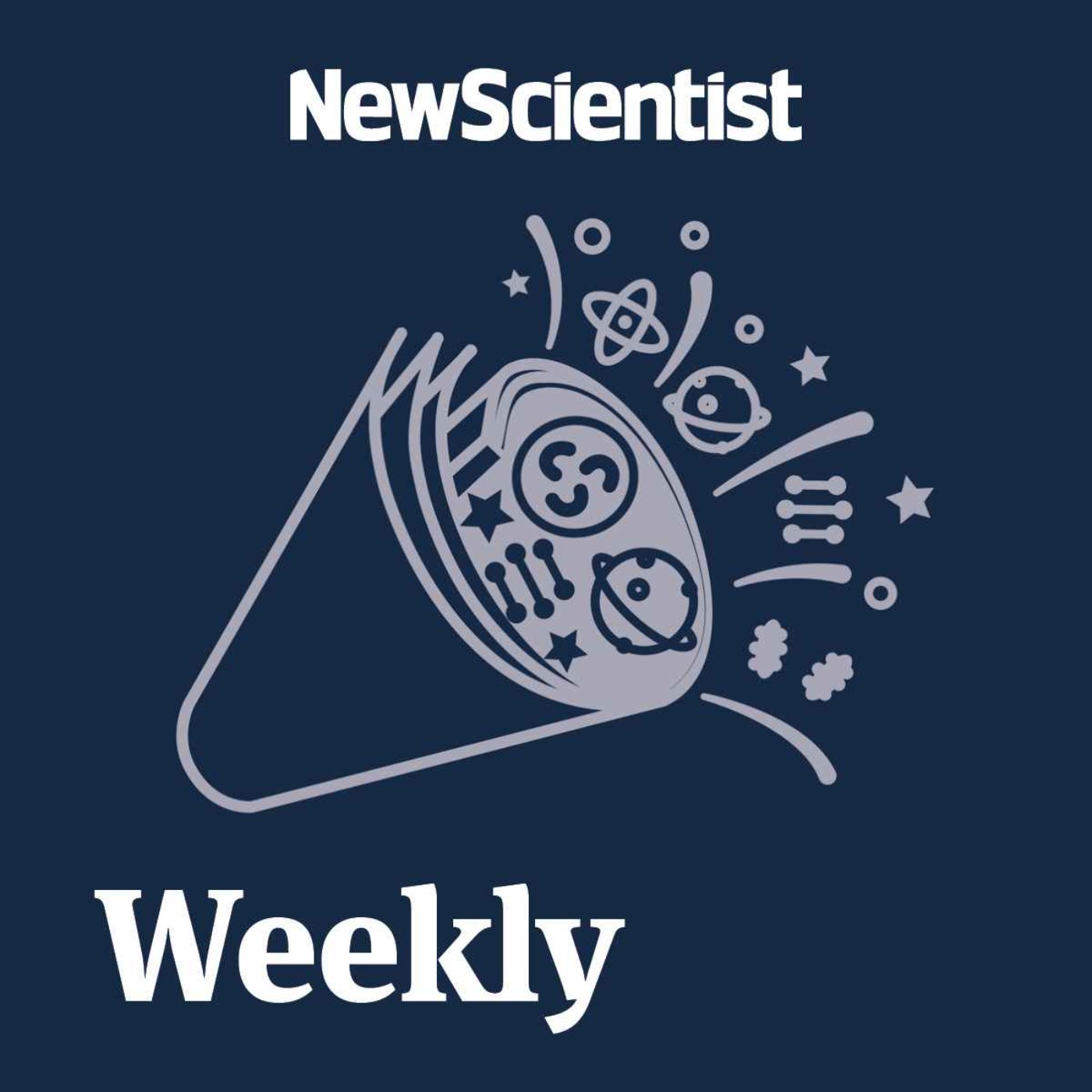
256. Weekly: Even more powerful gene editing than CRISPR; first moon samples from the far side; dangerous new mpox
23:17#256A new gene editing technique may be more powerful than CRISPR. Bridge editing is still in its infancy, but could be revolutionary for its ability to more specifically target gene substitutions. This method of altering DNA may let us create single treatments for gene mutations across large groups of people – something even CRISPR can’t do.China’s Chang’e 6 spacecraft has returned to Earth with samples from the far side of the moon – the first ever. Hear what the samples may tell us about this hard-to-study part of the lunar surface, plus what China is planning for its next big exploration missions.A dangerous new strain of mpox, formerly known as monkeypox, has been identified in the Democratic Republic of the Congo. A thousand cases have been reported since September and several hundred people have died. What makes this strain so dangerous and can it be kept under control?A fossil has been discovered that is thought to be a Neanderthal child who had Down’s syndrome. It’s estimated the child lived to at least 6 years old and may have received extra care from the community – more evidence that Neanderthals weren’t as brutish and unfeeling as thought.Plus: The kind of paper that’s most likely to give you a papercut; AI being trained to perform elegant chess moves; a creepy robot made with human skinHosts Timothy Revell and Christie Taylor discuss with guests Michael Le Page, Leah Crane, Alexandra Thompson and Chris Simms.To read more about these stories, visit newscientist.com.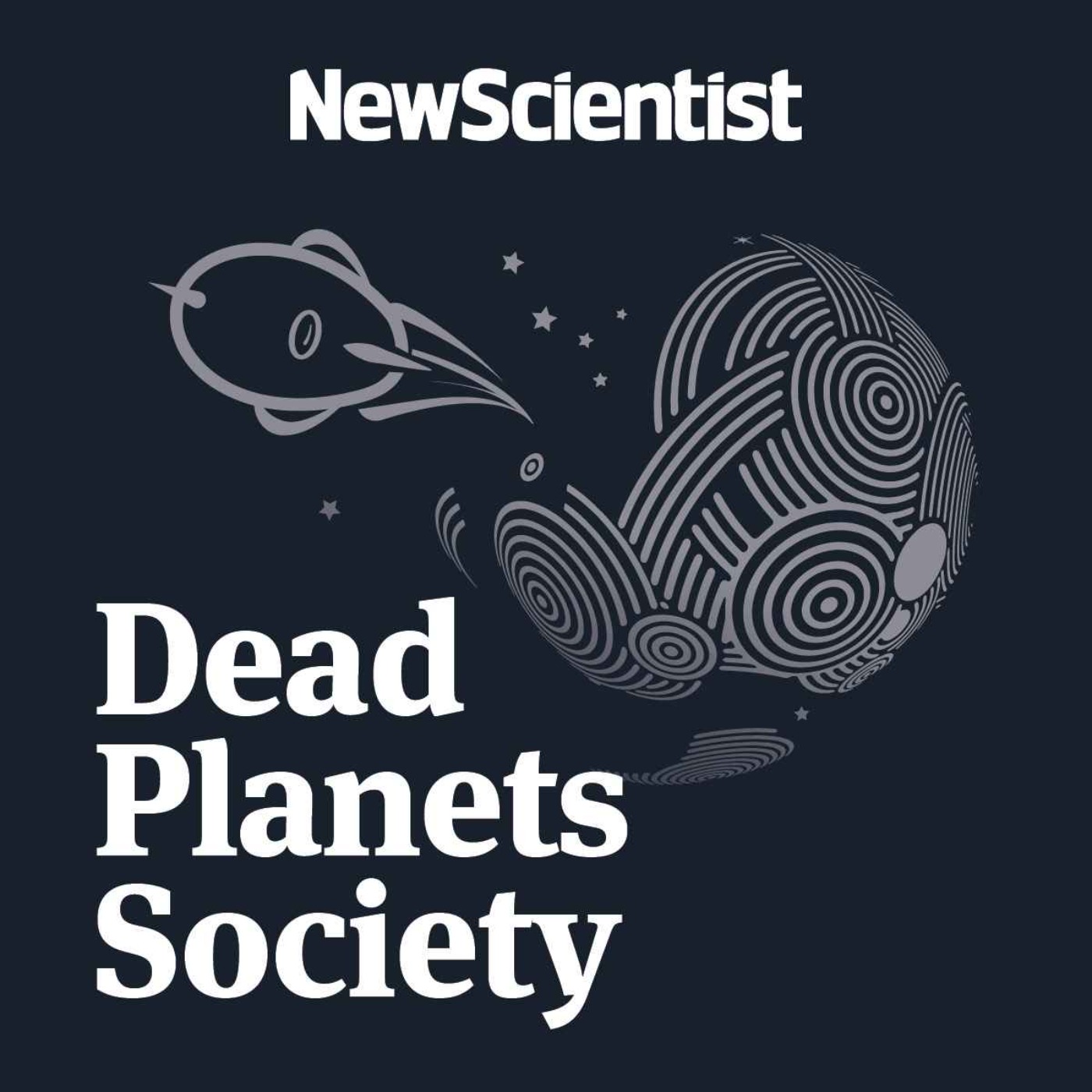
6. Dead Planets Society: Bringing Back Geocentrism
23:36The ancient Greeks once proposed the Earth was at the centre of our solar system and everything orbited us. We like that idea. Let’s make it happen.But as Dead Planeteers Leah and Chelsea find out, if you bring back geocentrism, Earth would only be king of the universe for a very, very short time – before all hell breaks loose.It starts with enlarging the earth and potentially turning it into a black hole, we then have all the planets hurtling towards us through space, then it ends with a visit from Alpha Centauri. Helping them to work out the science (and suspend the rules of physics now and again), is asteroid researcher and planetary astronomer Andy Rivkin.Dead Planets Society is a podcast that takes outlandish ideas about how to tinker with the cosmos – from punching a hole in a planet to unifying the asteroid belt to destroying the sun – and subjects them to the laws of physics to see how they fare.Your hosts are Leah Crane and Chelsea Whyte.If you have a cosmic object you’d like to figure out how to destroy, email the team at deadplanets@newscientist.com. It may just feature in a later episode.
255. Weekly: Why some people never get covid-19; Chimps using herbal medicines; Largest ever Maxwell’s demon
24:11#255Why do some people seem to be naturally immune to covid-19? We may finally have the answer and it’s to do with differences in the way immune cells function. Will the finding help us predict who’s immune and who isn’t – and more?Artificial intelligence is being used to tackle the problem of clearing mines from enormous swaths of Ukraine. Russia has scattered vast amounts of ordinance across Ukraine, tearing up agricultural land and leaving behind chemical contamination. The clean-up operation could take 700 years to complete in total. AI is helping Ukraine to work out where to start.Chimpanzees are herbal medicine enthusiasts: when sick, they seem to seek out specific plants. But how effective are the plants they’re swallowing at actually dealing with illness? Wild chimps in Uganda’s Budongo Forest are helping researchers to understand the practice.Maxwell’s demon, a thought experiment that involves a tiny imp, was once thought to disprove the second law of thermodynamics. Now researchers have built a real-life Maxwell’s demon that is not only the largest of its kind so far but could be used to discover new drugs and clean CO2 from the air.Plus: Leeches can jump and we’ve finally seen them do it; why cashew nuts could help us decarbonise shipping; and do the methane seas of Saturn's moon Titan have waves that erode their shorelines?Hosts Timothy Revell and Christie Taylor discuss with guests Alexandra Thompson, Matthew Sparkes, Sam Wong and Alex Wilkins.To read more about these stories, visit newscientist.com.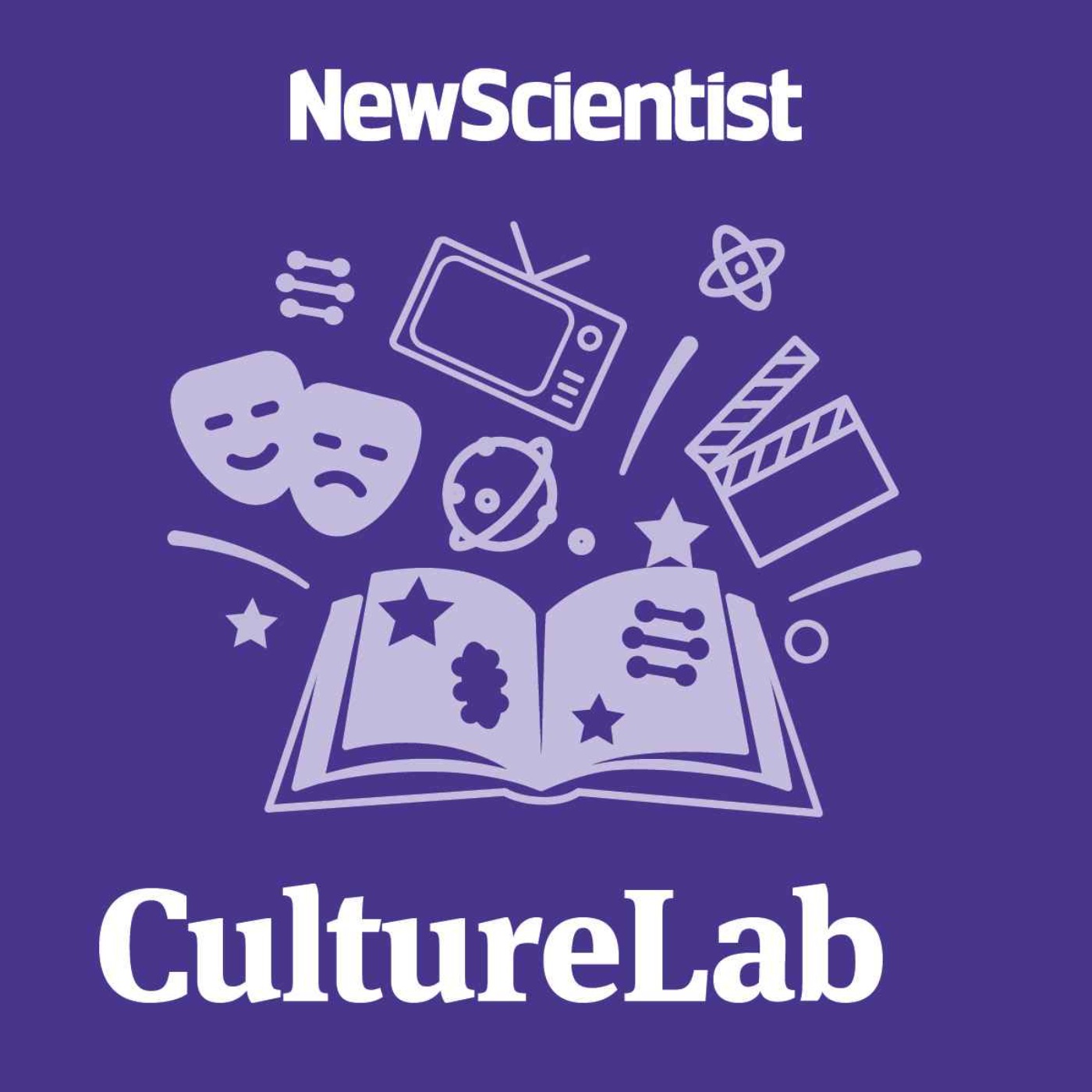
CultureLab: The catastrophic health consequences of racism with Layal Liverpool
38:39We like to think of science and medicine as unbiased, unaffected by social constructs. But we see evidence to the contrary everyday, from false yet persistent claims that black people’s bones are denser to the reality that the covid-19 pandemic disproportionately impacted people of colour. In her debut book Systemic: How Racism is Making Us Ill, science journalist Layal Liverpool explores the health consequences of racism. She showcases how fatal stereotypes can leave people of colour in need of medical care undiagnosed, untreated and unsafe. In this episode, Liverpool explains how race and racism infiltrate every aspect of health – from living in polluted areas to being dismissed by doctors in the hospital. She lays out the problematic history of medicine and health science. And she highlights the many ways people are beginning to make meaningful change. To read about subjects like this and much more, visit newscientist.com.
254. Weekly: Elephants have names for each other; conspiracies and doppelgangers with Naomi Klein; an ancient galactic weather report
36:52We know elephants are smart, but it seems we’ve only scratched the surface in understanding their intelligence. It turns out African elephants seem to have unique names for each other – maybe even nicknames. If it’s true, humans would no longer be alone in this practice. A team has been analysing their rumbly greeting calls using AI. Is this a hint that we’ve been wrong about other animals, too?It’s a weather report like no other: two to three million years ago, the protective bubble called the heliosphere that surrounds the sun and the planets crashed into a galactic cloud. This left Earth exposed to the radioactive particles of interstellar space for as long as ten thousand years. And it could even have impacted evolution.Naomi Klein won the Women’s Prize for nonfiction this week for her book Doppelganger: A Trip Into the Mirror World. Rowan Hooper speaks to Naomi following the win, as the pair dig into the strange confluence of the alt-right and wellness influencers, why conspiracy theories have become so widespread and how grifters and charlatans are exploiting the uncertain times we live in.Astronauts have been sending biological samples like blood and faeces to a new space “biobank”. It’s all in an effort to better understand the impact of space travel on human health. As a bonus, read Clare’s story on the ‘vomit comet’ here.And if you’ve ever completed a game of New Super Mario Bros. – congratulations, you’re smarter than a supercomputer. A new study shows supercomputers don’t just find it hard to analyse the game, but actually impossible. But why?Hosts Timothy Revell and Christie Taylor discuss with guests Michael Le Page, James Woodford, Clare Wilson and Matthew Sparkes.To read more about these stories, visit newscientist.com.Listen to New Scientist CoLab here:https://open.spotify.com/episode/6IxQD6EVa0spHtgP3OYT65?si=9447e1c69eb6467chttps://podcasts.apple.com/gb/podcast/industrial-ai-and-the-sustainability-revolution/id1732113125?i=1000657139548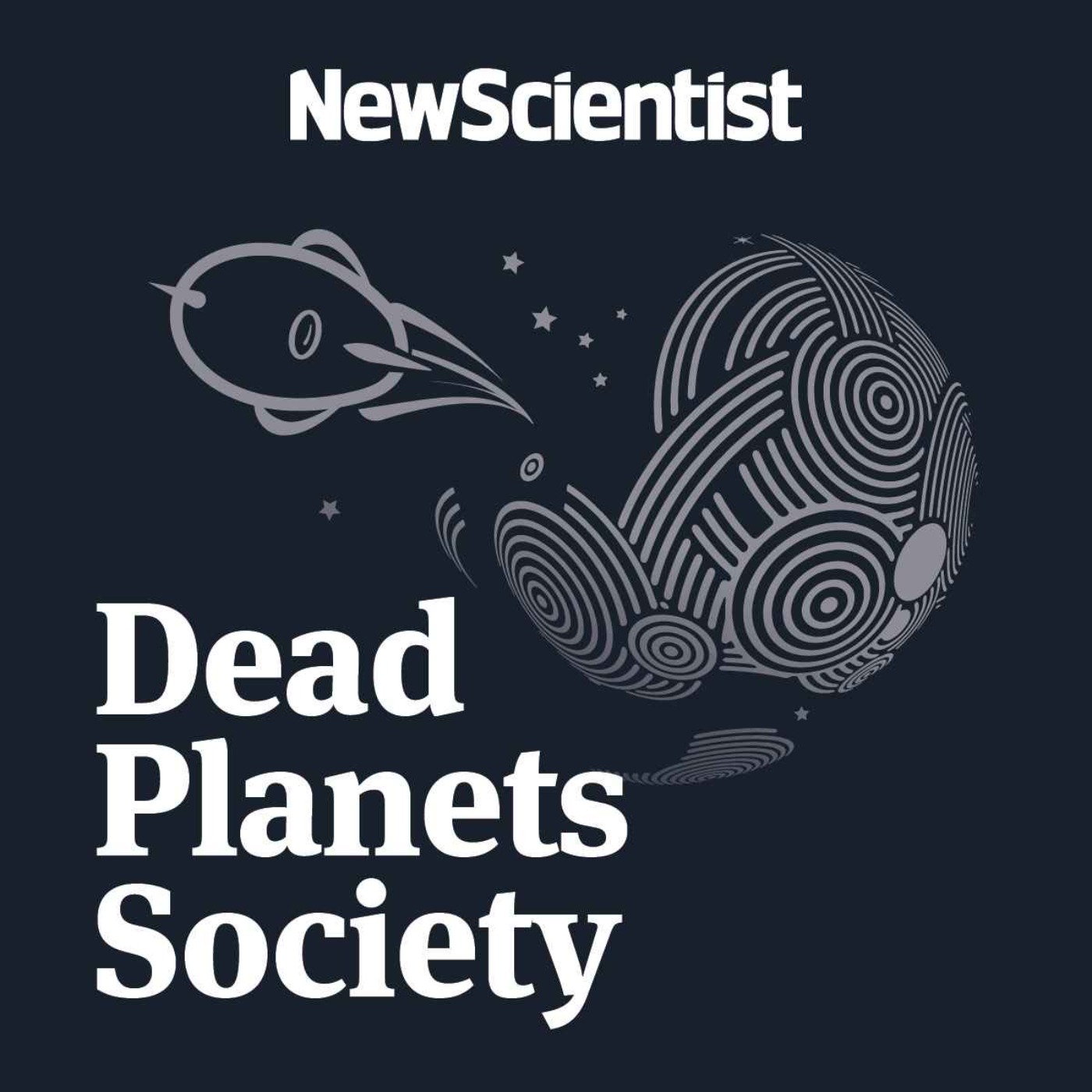
5. Dead Planets Society: How Many Moons Could Earth Have?
26:46For the Dead Planeteers, one moon around Earth isn’t enough. They want to pack as many moons into the night sky as possible. But how many can you fit in orbit without everything becoming unstable and destructive?To answer this, Leah Crane and Chelsea Whyte enlist the help of astrophysicist Sean Raymond. Sean co-authored a research paper that sparked Leah’s New Scientist article titled: Moons can have moons and they are called moonmoons.So, not only do they work out how many moons we can fit around Earth, but also how many moons those moons could have, which involves fitting them out with mini thrusters for some reason. They also address the issue of the impact these moons would have on Earth, like stronger tides and an insanely bright night sky. But they also learn about the surprising (nay shocking) potential benefits too.Dead Planets Society is a podcast that takes outlandish ideas about how to tinker with the cosmos – from punching a hole in a planet to unifying the asteroid belt to destroying the sun – and subjects them to the laws of physics to see how they fare.Your hosts are Leah Crane and Chelsea Whyte.If you have a cosmic object you’d like to figure out how to destroy, email the team at deadplanets@newscientist.com. It may just feature in a later episode.
253. Weekly: Why we should drill a massive hole in the moon; banning fossil fuel advertising; how to stop being lonely
28:29#253The moon may hold the answer to a decades-long physics conundrum – all we need to do is drill several kilometres into its surface. For years, physicists have been searching for protons that fall apart or decay into other particles, but they’ve always come up empty handed. So why do they think they might find them on the moon? A new update on the state of the world’s climate has not brought cheery news. A report looking at 2023 has revealed the world is warming at a record rate – with estimates suggesting we may blow past our 1.5oC temperature goals in just five years. As the UN Secretary General calls for urgent action, we hear about calls to ban fossil fuel advertising, just as ads for smoking were banned in the past. If you ever feel lonely… you’re not alone. Social connections are hugely beneficial for our health. But many of us aren’t reaping their full therapeutic benefits, often due to our own misconceptions about social situations. But researchers are on the case, with simple tools and tricks to help us connect better to other people. David Robson shares some actionable tips, as he discusses his new book The Laws of Connection: The Scientific Secrets of Building a Strong Social Network.Five children born deaf have gained the ability to hear in both ears after receiving a new gene therapy. The groundbreaking treatment targets a gene called otoferlin, which is defective in some people with deafness – and the results are very encouraging.It’s been uncovered that as many as 1 in 6 people who come off antidepressants end up with severe withdrawal symptoms, like mood swings, anxiety and headaches. Why a better understanding of these symptoms could help people make more informed choices about their use and how to safely stop.Plus: Boeing launches its Starliner capsule to the International Space Station with two Nasa astronauts aboard; and SpaceX’s performs its fourth test launch of Starship – the largest rocket ever built.Hosts Rowan Hooper and Christie Taylor discuss with guests Alex Wilkins, Madeleine Cuff, Michael Le Page and Clare Wilson.To read more about these stories, visit newscientist.com.Read Clare Wilson’s award-winning story about DNA testing here: https://www.newscientist.com/article/mg25734303-400-new-dna-tests-predict-your-disease-risk-are-we-ready-for-them/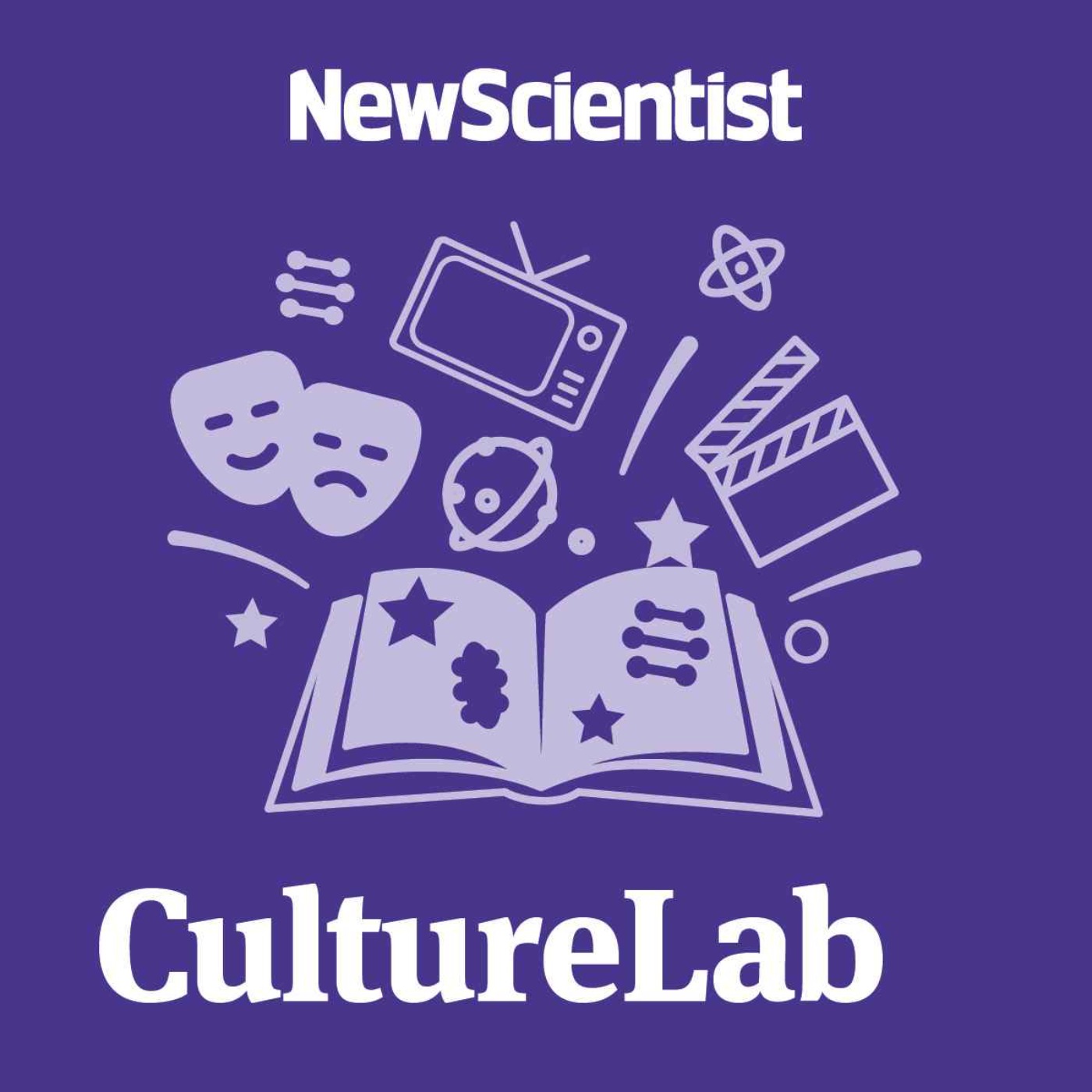
CultureLab: On the hunt for alien life with Lisa Kaltenegger
41:38If (or maybe when) we find alien life in the universe, will it look like us? As telescopes become bigger, our ability to peer into the cosmos is only getting better. So the question may not be “will we find something?” but rather “what exactly should we be looking for?”Lisa Kaltenegger is an astrophysicist and founding director of Cornell University's Carl Sagan Institute. She even works out of Sagan’s old office and shares the same optimism and enthusiasm he brought to the search for extraterrestrial life. Abby Beall speaks to her about her new book Alien Earths: Planet Hunting in the Cosmos, which takes readers on a cosmic adventure to faraway exoplanets with oceans of lava and multiple suns. Through the conversation Lisa explains how Earth’s geological history can help inform our search for life, while acknowledging alien life may not look the same as us. She discusses the technology that has allowed us to enter a new epoch of exploration – and what technological advancements are needed to help advance our search for alien life. And she examines the alien worlds that feature in various science fiction worlds, like those in Star Wars and Avatar, and whether they could actually exist somewhere in the universe.To read about subjects like this and much more, visit newscientist.com.